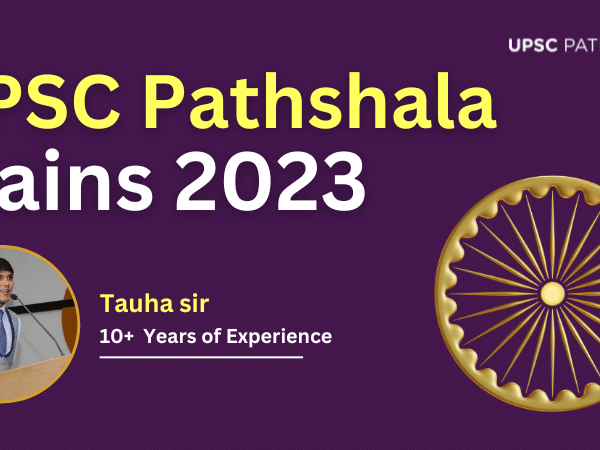The UPSC notes are extremely important for the examination. It helps the candidates to learn and revise important topics and information. Let’s check out the knowledge about the types of rocks and their classification.
Also Read: Tomato Flu UPSC: Here are the UPSC Notes for UPSC Current Affairs Preparation!
Primary Rocks UPSC
The Earth’s crust is formed of numerous varieties of rocks and therefore the scientific study of rocks is named petrology. A rock is a present mixture of minerals and bound non-mineral materials like fossils and glass. Just as minerals are the building blocks of rocks, rocks successively are the natural building blocks of the Earth’s lithosphere, asthenosphere, mesosphere, and even a part of the core.
Most rocks currently exposed at the surface of the planet are shaped in or on continental or oceanic crust. Several such rocks, shaped below the surface and currently exposed at the surface, were delivered to the surface from nice depths within the crust and in rare cases from the underlying mantle.
There are 2 general ways in which rocks come to be exposed at the surface. Formation at the surface. For example crystallization of volcanic rock, precipitation of calcite or dolomite from ocean water and the formation below the surface, followed by tectonic uplift and removal of the superimposed material by erosion.
Also Read: Kaziranga National Park UPSC: Let’s Check Out Notes for UPSC Environment and Ecology!
HTypes of Rocks and Its Classification
#. Igneous Rocks
It is shaped out of magma and lava from the inside of the planet. They’re also called primary rocks. Once a stone in its upward movement cools and turns into a solid type it’s known as rock. The method of cooling and solidifying will happen within the crust of the planet or on the surface of the planet.
Igneous rocks area unit classified supported texture. If the liquid material is cooled slowly at nice depths, mineral grains are also very massive. Sharp cooling at the surface ends up in tiny and sleek grains. Intermediate conditions of cooling would lead to intermediate sizes of grains creating igneous rocks.
Examples of igneous rocks are given below:
#Granite
#Gabbro
#Pegmatite
#Basalt
#Volcanic
#Breccia
#Tuff
Classification of Igneous rocks is based on their idea of origin. It is given below:
#Plutonic Rocks or (Intrusive igneous rocks)
#Volcanic Rocks or (Extrusive igneous rocks)
#. Sedimentary Rocks
Rocks of the earth’s surface area are exposed to baring agents and are uneven into varied sizes of fragments. These fragments are carried by varied exogenous agencies and deposited. These deposits through compaction develop into rocks. This method is called lithification. In many substance rocks, the layers of deposits maintain their characteristics even once lithification. Sandstone and shale are a number of examples of substance Rocks.
Depending upon the mode of formation, substance rocks are categorized into 3 groups:
# Mechanically shaped
Eg: sandstone, conglomerate, limestone, shale, loess, etc.
# Chemically shaped
Eg: Chert, limestone, halite, potash, etc.
# Organically shaped
Eg: Geyserite, chalk, limestone, coal, etc.
#. Metamorphic Rocks
These rocks type beneath the action of volume, pressure, and temperature (PVT) changes. Metamorphism happens once rocks are forced all the way down to lower levels by tectonic processes or once liquid stone rising through the crust comes in reality with the crustal rocks or the underlying rocks area unit exposed to nice amounts of pressure by superimposed rocks. The materials of rocks with chemicals modify and recrystallize because of thermal metamorphism.
Metamorphic rocks are of 2 types:
# Thermal
# Dynamic
Also Read: Arctic Amplification UPSC: Let’s Get Equipped with the Arctic Amplification Phenomenon!
Conclusion
If you are diligently working on your UPSC civil service exam preparation, you must visit the UPSC Pathshala website to get authentic content for different fields along with the best guidance from the experts. You can also go through the updates of the exam along with the pro tips, strategies and best course for upsc preparation. Moreover, all the UPSC notes are available on the website. So, visit the website now!







